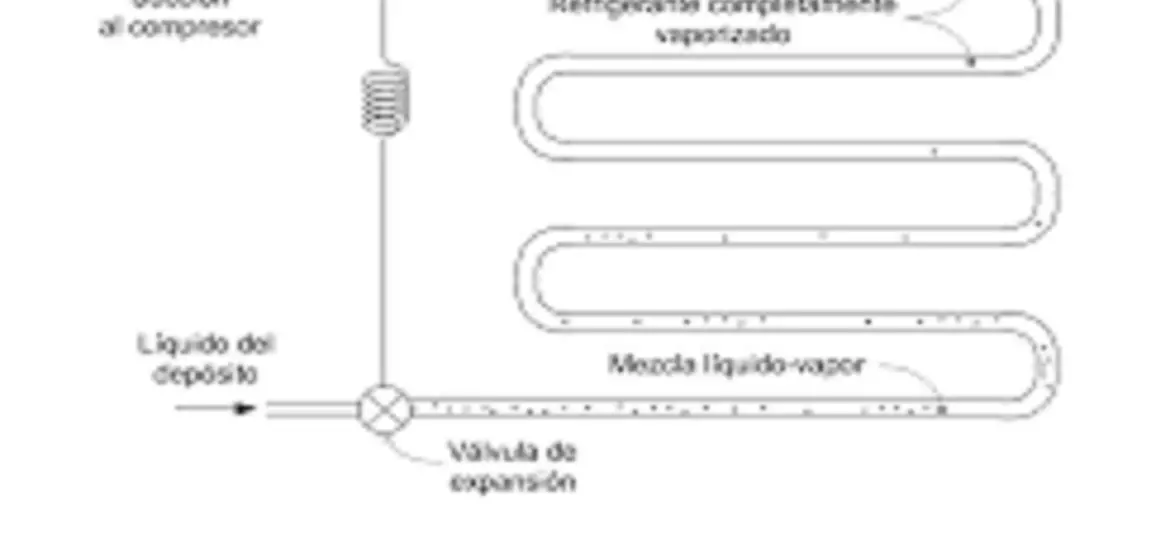Vapor refrigerant recovery is a game-changer in maintaining your home’s HVAC system. This eco-friendly process not only helps protect the environment, but also ensures safe and efficient system maintenance. Curious to know more? Read on!

Table of Contents
Definition of vapor refrigerant recovery
So, what’s vapor refrigerant recovery all about? It’s a method used to remove refrigerants from your HVAC system and store them safely, preventing any harmful emissions from entering the atmosphere. You’ll be saving money and contributing to a cleaner environment – sounds like a win-win, right?
Purpose of refrigerant recovery
But why bother with refrigerant recovery? For starters, it’s required by law to comply with environmental regulations. Plus, it helps protect the environment by reducing the release of ozone-depleting substances. And, of course, it’s key to keeping your HVAC system running smoothly and efficiently.
Types of Refrigerants
Common refrigerants
There are a few refrigerants you might find in your HVAC system, like R-22, R-134a, R-410A, R-404A, and R-507. But don’t worry, you don’t need to be an expert on all of them – that’s what professionals are for!
Phase-out of ozone-depleting refrigerants
Did you know that some refrigerants are being phased out because they harm the ozone layer? Thanks to the Montreal Protocol, we’re transitioning to alternative refrigerants that are safer for the environment. It’s a gradual process, but it’s crucial for our planet’s future.
Vapor Refrigerant Recovery Methods
Direct recovery
Direct recovery is a method that uses recovery cylinders to collect refrigerant. It requires some basic equipment and knowledge, but it’s a fairly simple process. Professionals can do this quickly, so you’ll be back to enjoying your comfortable home in no time!
Indirect recovery
Ever heard of cascade refrigeration systems? They’re used in indirect recovery, which is a more complex method. It has its pros and cons, but ultimately, it’s up to the pros to decide which method is best for your specific situation.
Self-contained recovery
Another option is self-contained recovery, which uses recovery units to remove refrigerants. Choosing the right equipment is essential for this method, but once you’ve got the gear, the process itself is pretty straightforward.
Click here for more articles like this – – Vapor Refrigeration: Easy Guide to Keeping Things Chill
Refrigerant Recovery Equipment
Recovery machines
There are different types of recovery machines, each with its own set of features and benefits. When selecting a machine, consider factors like efficiency, ease of use, and safety features. Remember, a well-informed decision is always the best one!
Recovery cylinders
Recovery cylinders come in various classifications, each designed for specific refrigerants. Proper storage and transportation are crucial to ensure safety. Don’t worry, your HVAC professional will handle this for you!
Recovery hoses
Choosing the right hose for the job is essential. Proper connection and usage help ensure a successful recovery process. Plus, regular maintenance and inspection keep things running smoothly.
Recovery Process Steps
Pre-recovery preparations
Before the recovery process begins, it’s important to verify the refrigerant type, gather necessary safety gear, and isolate and depressurize the system. This is where a professional HVAC technician really comes in handy – they’ll take care of all the prep work for you!
Recovery process
The recovery process involves connecting the recovery equipment to your HVAC system, monitoring the process, and addressing any complications that may arise. A skilled technician will handle this like a pro, ensuring everything goes smoothly.
Post-recovery procedures
Once the refrigerant has been recovered, it’s important to store it properly, dispose of or recycle it, and clean and maintain the equipment. This ensures your HVAC system stays in top shape and you stay worry-free.
Safety Considerations
Personal protective equipment (PPE)
Safety is always a priority. When dealing with refrigerants, using gloves, goggles, and safety footwear is essential. Respiratory protection and proper handling techniques are also crucial – but rest assured, your HVAC technician will have all the necessary gear and know-how to keep things safe.
Equipment safety
Regular maintenance and inspection of recovery equipment help ensure everything works as it should. Proper storage and transportation, along with compliance with safety standards, are key aspects of equipment safety. Your HVAC technician will take care of these details for you.
Safe handling and disposal of refrigerants
Environmental regulations guide the safe handling and disposal of refrigerants. Recovery and recycling programs are in place to help manage these substances responsibly. Trust your HVAC professional to handle these tasks correctly, ensuring both safety and environmental responsibility.
Conclusion
Importance of vapor refrigerant recovery
Vapor refrigerant recovery is essential for protecting the environment, complying with regulations, and maintaining your HVAC system’s efficiency. As a homeowner, it’s important to be aware of these processes and trust professionals to handle them. By doing so, you’re playing your part in creating a greener and more sustainable future!